Iron makes you strong and healthy
View(s):In this new series by Dr. Nirmala M. Pieris we will feature ‘essential minerals’ required for a multiplicity of bodily functions and basically the mainstay to our health
Iron is one of the superimportant minerals that can make a huge difference to how we feel both physically and mentally. About 75% of the body’s total iron content is found in red blood cells which are a part of haemoglobin that enables red cells to carry life- giving oxygen to every cell in your body. So without healthy red blood cells, your body cannot get enough oxygen and you will feel tired and worn out all the time.
This exhaustion can affect everything from your brain function to your immune system’s ability to fight off infections. Iron also helps to maintain the elasticity and tone of muscles and promotes good memory, stable energy levels and overall strength.
The body cannot produce iron, so you must obtain adequate amounts from the food you eat. When your body absorbs more iron than required, some of it is stored in a protein called ferritin in the spleen, bone marrow and liver. Ferritin will be depleted before iron deficiency begins. Iron deficiency anaemia that can cause tiredness, breathlessness, dizziness, palpitations and headache can be from inadequate iron intake over an extended period of time or from iron mal-absorption caused by chronic health conditions. Pregnant and lactating women and those in their reproductive years have a much higher iron requirement than men. However, any iron supplements must only be taken with medical advice as very little iron is excreted from the body and can accumulate in body tissues and organs when normal storage sites are full. So while too little iron will make you weak and anemic, excess iron can be a risky surplus.
Dietary Iron
Dietary iron comprises two types: heme iron from animal sources and nonheme iron from plant sources. Absorption of heme iron ranges from 15 to 35% while nonheme iron will only be picked up between 2 to 20%. Once the iron you ingest becomes soluble it is transferred to the plasma. The protein transferrin attaches to the iron, and passes to the bone marrow, where it is used to make haemoglobin and red blood cells.
Iron absorption enhancers
The most efficient absorption enhancer for nonheme iron is vitamin C (ascorbic acid) that can triple the bioavailability of iron. So if you depend on plant based foods for iron, have a drink or eat fruits rich in vitamin C during or immediately after your meal. Other enhancers include meat, poultry and fish with red meat being the best. This means that if you eat meat and vegetables together you absorb more iron from the vegetables than if you eat vegetables alone.
Iron absorption inhibitors
Phytates, found in plant foods, are the major iron absorption inhibitors as they bind to iron and carry it through the digestive tract unabsorbed. Other inhibitors include tannins in tea, polyphenols in tea, coffee, wine and cocoa and proteins in milk and eggs. Calcium is the only known substance to inhibit absorption of both non heme and heme iron. Micronutrients such as zinc, magnesium, and copper that compete with iron for absorption are also inhibitors. However, ascorbic acid will overcome the negative effect of almost all iron inhibitors.
Iron rich foods
The top most sources of dietary iron are animal foods, as not only do they usually contain more iron, but our bodies can absorb it better than the iron from plant foods.
Lastly it is essential to note that eating ironrich foods does not necessarily mean you have good iron levels. What is important is that your diet must be balanced with a variety of nutrient dense foods that will make sure that you can absorb, and use the iron.
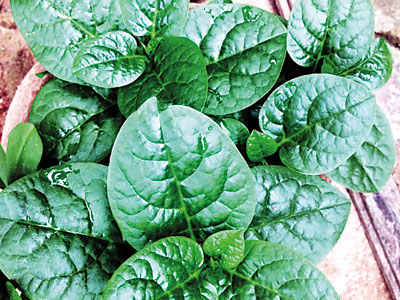
Dark green leafy vegetables, can give you an iron boost with spinach being an iron super star. Steam, sauté or slightly cook the leaves to increase availability.Broccoli, green peas and green beans are also beneficial sources.
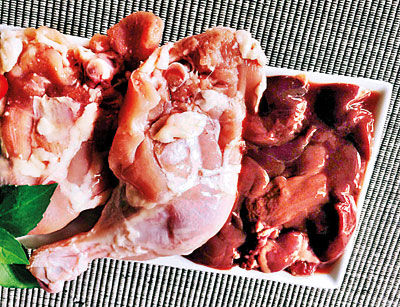
Chicken liver is a rich source of iron. The giblets and heart are the next best sources. With chicken or turkey, always choose leg meat rather than breast meat as the dark meat contains twice as much iron. Turkey is slightly higher in iron than chicken.
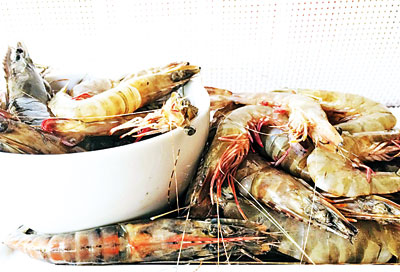
Oysters are a very good source of iron with the level being only a little less than beef liver. Shrimps contain levels close to that of beef. Fish such as tuna, salmon, mackerel and sardines can also provide some iron.
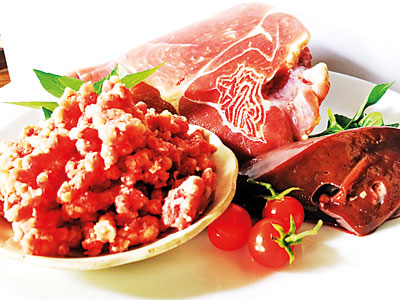
Go for red meat – the darker the flesh, the higher the iron content. Beef liver is the richest source of iron. Lean beef and lamb contain very good amounts and have a higher content than pork. Red meat contains a yet unidentified ‘meat factor’ that enhances the uptake of not only meat iron but also other iron in the same meal.
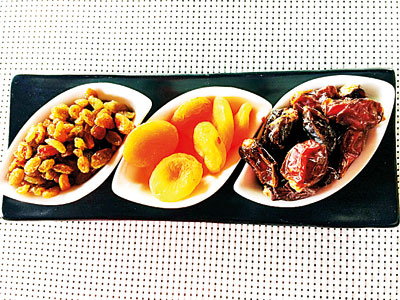
Dried apricots, raisins, dates, prunes and figs are good sources. But eat in limited quantities as drying concentrates sugars and increases calories. While most fresh fruits like watermelon, strawberries, and pomegranate have minimal amounts of iron, they are important as they contain vitamin C that enhances the absorption.
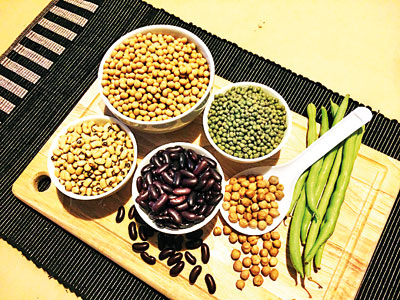
Soya bean is the best source. Soak overnight, boil and add to your soup or make a curry. Lentils, green gram, chickpeas, kidney beans, red beans, black beans, white beans and soya products such as tofu and soya meat can also provide iron.
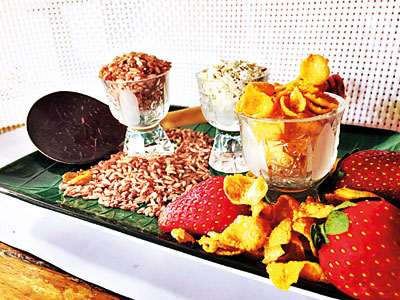
Red or white minimally polished par boiled or raw rice contains iron. Rice flour and whole wheat flour products, multi grain bread and oats also provide iron. Ready-to-eat fortified breakfast products such as cornflakes, bran and wheat flakes are superior sources of iron.
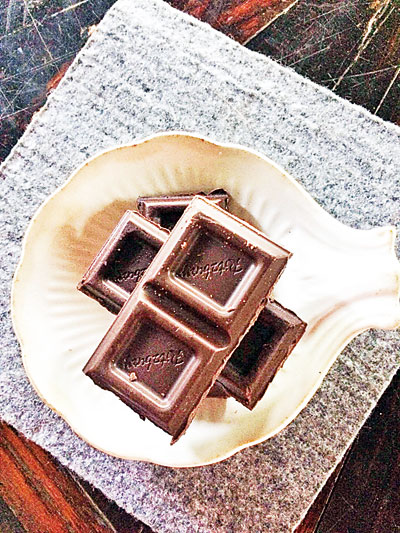
Pamper yourself and your sweet tooth and pick up some iron when you eat dark chocolate.
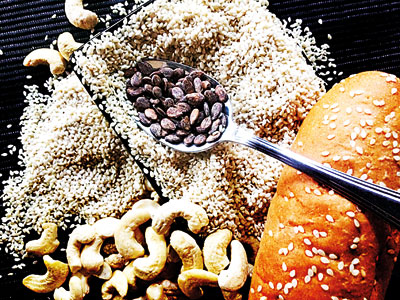
Sesame seeds are an excellent source. So add them to a salad or use as a topping for any savory dish or bread. Pumpkin, sunflower and water melon seeds are other good sources. The amount of iron in cashews is also good, so toss them into a stir-fry with beef or leafy greens and add lime juice to boost the absorption.
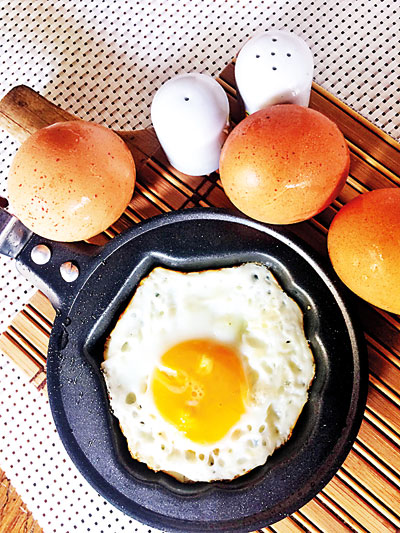
Though eggs do not contain much iron, it is important as it is a healthy mix of heme and nonheme iron.The egg yolk contains almost all of the iron so eat the whole egg.


